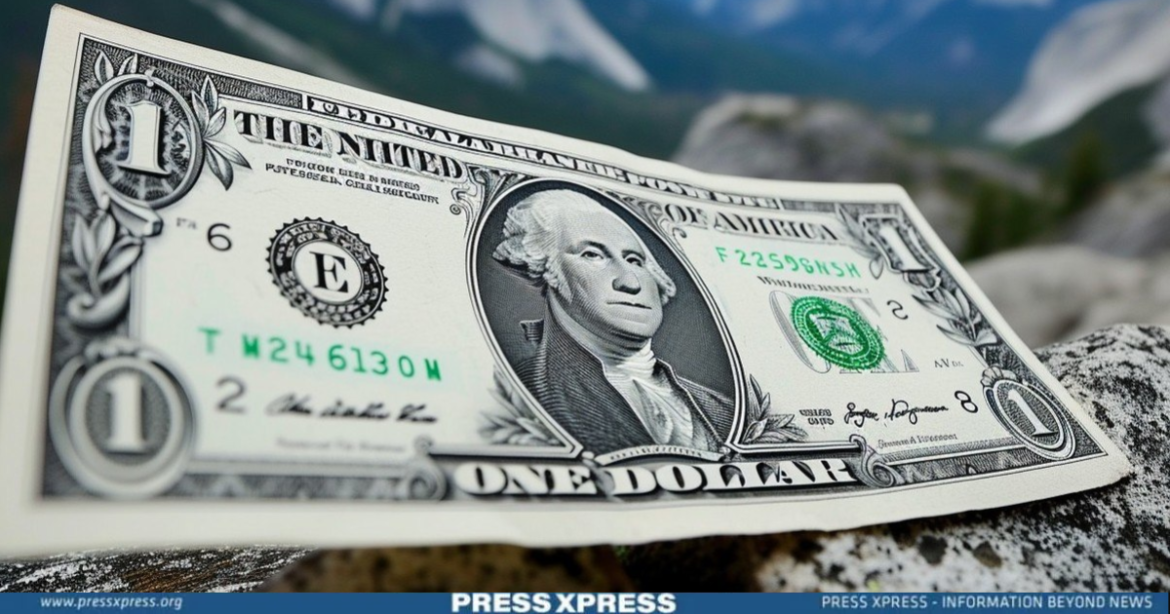Asian currencies are expected to experience a range of reactions to the Federal Reserve’s planned interest rate reductions
The U.S. Federal Reserve is expected to lower interest rates later in the year, potentially negatively impacting the dollar but benefiting certain Asian currencies. Historically, higher interest rates strengthen a country’s currency, while a weaker U.S. dollar often benefits emerging markets. The Fed’s recent shift towards a more accommodative stance, with anticipated rate cuts by summer according to market indicators, contrasts with its current benchmark rate range of 5.25% to 5.5%. Experts believe currencies like the Chinese yuan, Korean won, and Indian rupee could gain from the Fed’s monetary policy easing.
“A lot of carry trade against other currencies like the yen or the euro but once interest rates fall in the U.S., we will see the interest rate differential widen to allow carry trade to happen. So those are also positive for the Indian currency,”
– Anindya Banerjee, Vice President, Currency and Derivatives Research at Kotak Securities.

Yuan’s Resilience Amid Setbacks
Despite facing a series of setbacks that have shaken investor confidence, China has managed to maintain a certain level of support for its currency, the yuan, indicating a limit to pessimism surrounding it. Arun Bharath, Chief Investment Officer at Bel Air Investment Advisors, suggests that while the yuan has weakened against the US dollar, further depreciation is improbable due to anticipated aggressive measures from policymakers aimed at bolstering the economy, including fiscal stimulus and credit expansion. He predicts the yuan will likely remain stable around its current level of 7.10 against the dollar.
You can also read: BRICS Boom: Millionaire Surge Forecasted in Next Decade!
Unlike freely floating currencies like the Japanese yen or the US dollar, China maintains strict control over the onshore yuan, tethering it to a daily midpoint fix against the dollar. Last year, the yuan hit a 16-year low against the dollar at 7.2981. However, potential rate cuts by the Federal Reserve could mitigate pressure on the yuan by narrowing yield differentials between the US and China, offering relief.

The People’s Bank of China plays a pivotal role in managing the currency, utilizing various tools such as daily fixing, liquidity measures, regulatory directives, and instructing state banks to intervene in the market. However, the opacity surrounding the total value of dollars in China’s foreign exchange reserves adds complexity to understanding the full extent of their interventions. Overall, despite external pressures and economic challenges, China’s commitment to maintaining a certain level of support for the yuan underscores its resilience in the face of adversity.
Rupee’s Strength Gathers Momentum
The Indian rupee is poised to gain momentum this year, potentially benefiting from carry trades as traders borrow low-yielding currencies like the U.S. dollar to invest in high-yielding assets such as bonds. Anindya Banerjee from Kotak Securities highlights that as U.S. interest rates decrease, the interest rate gap widens, fostering favorable conditions for carry trades and bolstering the rupee.

Moreover, expectations of a slower pace of monetary policy easing by the Reserve Bank of India (RBI) compared to other central banks could further support the currency’s strength. Banerjee emphasizes that India’s manageable inflation, robust fiscal policies, and thriving economy deter the need for aggressive rate cuts akin to those in Europe or America. Consequently, the rupee has appreciated to 82.82 against the dollar in recent months.
Despite a modest 0.6% dip in 2023, the rupee’s resilience contrasts sharply with the previous year’s substantial 11% depreciation against the dollar. This indicates a positive outlook for the rupee’s performance amidst favorable economic conditions and strategic market dynamics.
South Korea’s Won Sees Relief
In 2024, South Korea’s won, which has faced pressure for three years, is anticipated to experience relief due to improved economic prospects and a more relaxed Federal Reserve policy. Monex’s Harvey notes that as a currency with low yields and high cyclicality, the won stands to benefit significantly from the Fed’s easing cycle, which will not only alleviate pressure through reduced U.S. rates but also enhance the global growth outlook.

However, Harvey suggests that the extent of the won’s appreciation will hinge on the depth of the Fed’s cuts, estimating potential gains of 5% to 10% in a deep easing cycle and as little as 3% if the cycle is shallow. Furthermore, South Korea’s economy is forecasted to strengthen, with the International Monetary Fund projecting a growth rate of 2.3% for both 2024 and 2025, surpassing last year’s 1.4% growth.
In conclusion, the anticipated Federal Reserve interest rate cuts are poised to have varied impacts on Asian currencies. While the U.S. dollar may weaken, benefiting currencies like the Chinese yuan, Indian rupee, and South Korean won, their resilience and potential for appreciation underscore favorable economic conditions and strategic market dynamics. With careful monitoring, investors can leverage opportunities amidst shifting global monetary policies.


